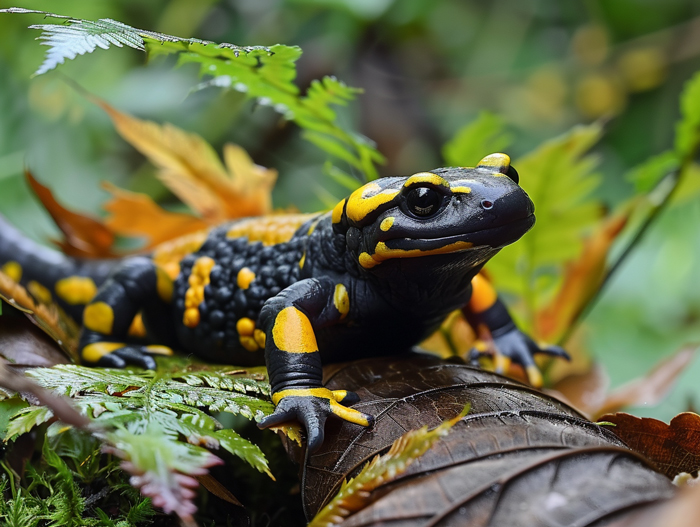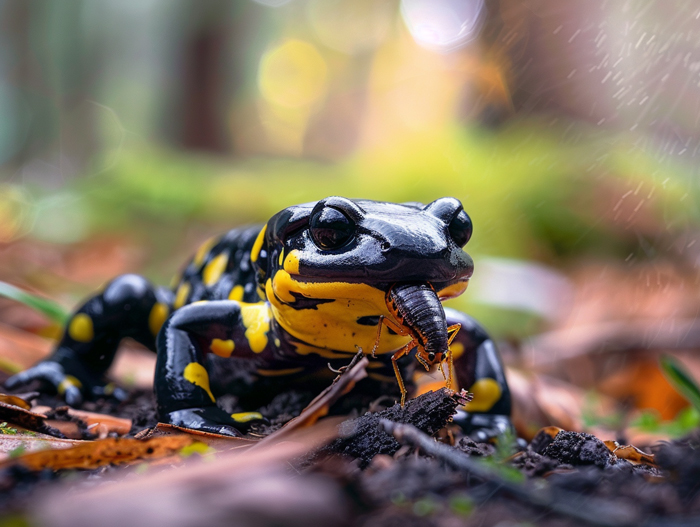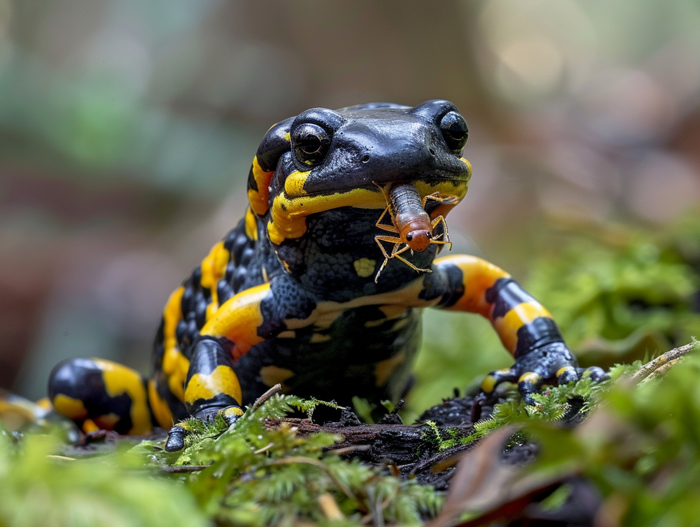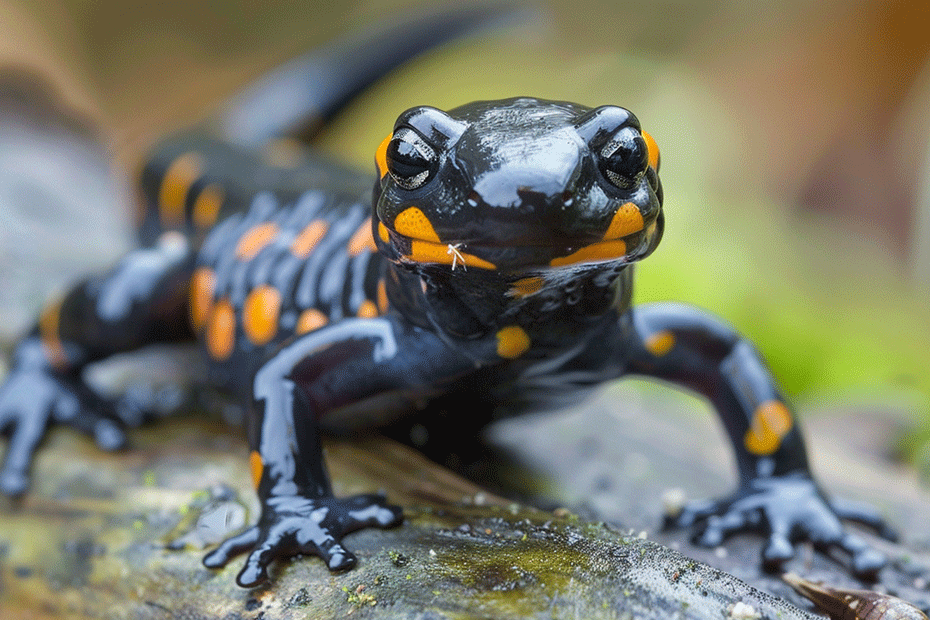Curious about whether salamanders feast on crickets? You’ve come to the right place. Salamanders are fascinating creatures with unique dietary habits that might surprise you. Understanding what salamanders eat, including crickets, can provide valuable insights into their behavior and ecosystem interactions. Let’s jump into the world of salamanders and their appetite for crickets.
Salamanders are known for their diverse diet, which can include insects like crickets. These amphibians have specific feeding behaviors that contribute to their survival in various environments. Exploring the relationship between salamanders and crickets sheds light on the intricate food web dynamics in nature. Stay tuned to discover more about the intriguing feeding habits of salamanders and their potential preference for crunchy crickets.
Key Takeaways
- Salamanders have a diverse diet that includes insects like crickets, showcasing their adaptability in finding food sources.
- Crickets are a significant part of salamanders’ diet in the wild, offering essential nutrients and easily digestible protein.
- Salamanders adjust their diet based on factors such as habitat, season, and prey availability, with crickets being a sought-after food source due to their abundance and nutritional value.
- Understanding the relationship between salamanders and crickets sheds light on the intricate food web dynamics in nature and the importance of these insects in salamanders’ ecosystem.
Overview of Salamanders
Salamanders, intriguing creatures known for their diverse dietary habits, play a vital role in maintaining the balance of ecosystems. By understanding what salamanders eat, we can unravel the intricate interactions within their habitats and gain valuable insights into their behavior.

What Do Salamanders Eat?
- Salamanders are predominantly carnivorous, feasting on a variety of prey.
- Their diet includes insects, earthworms, small fish, and even small mammals.
- Some species of salamanders have been observed consuming crickets, showcasing their adaptability in finding food sources.
- In the wild, salamanders actively forage for food to meet their nutritional requirements.
- Their dietary preferences may vary based on factors such as habitat, season, and availability of prey.
- Salamanders’ consumption of crickets in the wild highlights the importance of these insects in their ecosystem.
Continue to explore the intriguing area of salamanders and their dietary choices to uncover more about these enigmatic creatures.
The Relationship Between Salamanders and Crickets

Do Salamanders Eat Crickets?
- Salamanders consume crickets as part of their diverse diet.
- Crickets provide essential nutrients for salamanders.
- Crickets offer a readily available food source in the wild.
- Nutrient-rich: Crickets are packed with protein and other vital nutrients.
- Easily digestible: Salamanders find crickets easy to consume and digest.
- Prevalence: Crickets are commonly found in salamanders’ habitats.
Factors Influencing Salamanders’ Diet

Habitat and Salamander Feeding Behavior
- Salamanders adapt their diet based on the availability of prey in their habitat.
- Crickets are sought after due to their abundance and nutritional value.
- Diverse habitats provide salamanders with different prey options to balance their diet.
- Feeding behavior varies among species, influencing preference for crickets or other food sources.

- Salamanders adjust their diet according to seasonal changes.
- Winter: Lower activity leads to reduced feeding, relying on stored fat reserves.
- Spring: Increased activity prompts more feeding, including on insects like crickets.
- Summer/Fall: Peak activity for salamanders, requiring a balanced diet incorporating various prey items.
- Behavioral shifts throughout the year reflect nutritional needs and availability of crickets and other prey.
The relationship between habitat, seasonal changes, and feeding behavior significantly impacts salamanders’ diet, with crickets playing a crucial role in providing essential nutrients across different environments and times of the year.
Conclusion
Understanding the dietary preferences of salamanders sheds light on their remarkable ability to adapt to changing environments. Seasonal variations play a crucial role in shaping their feeding habits, with crickets serving as a vital food source during specific times of the year. By consuming crickets, salamanders obtain essential nutrients that contribute to their overall health and well-being. This dietary flexibility showcases the intricate balance between prey availability, habitat diversity, and the nutritional needs of these fascinating amphibians. As you continue to discover the area of salamanders, remember the significance of crickets in sustaining these creatures across different seasons and habitats.

Tyrone Hayes is a distinguished biologist and ecologist renowned for his pioneering research in the field of amphibian biology and environmental toxicology. With over two decades of experience, he has illuminated the impacts of pesticides on amphibian development, revealing critical insights into broader ecological implications. Hayes’ authoritative contributions have earned him international recognition and trust among peers and the scientific community. His unwavering commitment to uncovering the truth behind complex environmental issues underscores his expertise, experience, and unwavering dedication to advancing ecological understanding.
